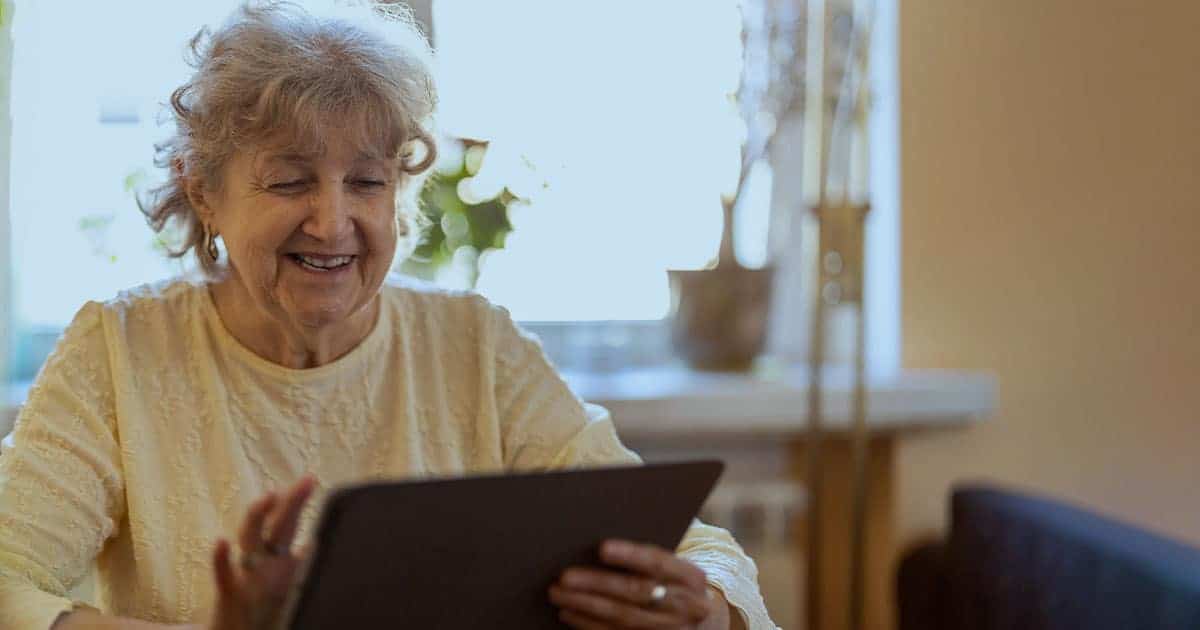
How we can deploy technology effectively in a post-Covid-19 care sector
By David Lynes, CEO & Founder of Unique IQ
Living with COVID featured among the themes of our care sector predictions for 2022. Specifically, how technology can help the care sector live with the ever-changing existence of the virus.
Our QA Lead, Rita Leitao, said: “facing the complex reality we live in nowadays, we will find that in 2022 the use of technology to provide better care and support will increase even more than in 2021. More variants of COVID will be part of the new typical day-to-day, unfortunately, and with that, the care sector will need to think outside the box to fight and continue providing care to our loved ones with the quality they deserve.”
With the announcement of the UK government’s ‘Living with COVID-19 Plan’, it seems like the right time to return to this theme.
Care providers not returning to pre-COVID habits
One thing that has struck me is how care organisations have not gone back to their pre-COVID technology habits.
Technology was adopted rapidly by care providers in response to the emerging crisis situation of the pandemic. I wrote back in September 2020 about how every single care provider we work pivoted to some form of digital way of working during the pandemic. For some, it was using tools they already had in a new way. While for others, it was to resolve a challenge in how they operate. And a few completely changed the way they work.
As we found in our research into a decade of digital transformation in care – ‘Transform’ – the use of our software tools skyrocketed at the start of the first lockdown. For example, between Q1 and Q2 of 2020, the number of digital tasks being used by our customer base jumped 285%. Care providers had switched to using mobile technology to support infection control and to provide an auditable record of the steps taken to keep both clients and carers safe. Then as the pandemic progressed, care organisations started to use more and more digital forms, as they finally moved away from the paper binder in a client’s home, to a fully electronic care planning system.
Since then, that technology has become fully embedded into how care providers work. The urgency of the business case has gone, but the benefits that technology brought have remained, becoming the norm.
It’s now almost a given that a carer can have all the information they need about the care they are due to provide within a mobile device. That they can take a photo, record a voice memo and tick off a task with a button press – and their care visit is fully and accurately recorded. That a care coordinator can check that feedback instantly and take action, logging what they do in response. And share that feedback with the client’s loved ones via a secure online portal.
Remote inspections are now a reality
Even the regulator has shifted in how it does things. Remote inspections are now a reality for both domiciliary care and extra care providers, with the CQC asking for evidence via video screen share or secure online transfer.
We’ve almost forgotten what life was like without this technology.
But let’s not forget what technology gives us:
- More time
- Fewer mistakes
- Fresh new insights
- Up-to-date, accurate information
- Data that’s easy-to-share
- An auditable trail of actions
- Better safety and risk controls
- The ability to make changes quickly
- The opportunity to be more responsive
Of course, technology can’t solve everything. Transitioning from ‘protecting from COVID’ to ‘living with COVID’ is going to have its challenges. However, when designed, implemented and evaluated properly, technology can have a big impact – and technology decisions made at the start of the pandemic are beginning to show their true value.
Want to read more articles from David? Head over to our thought leadership hub.